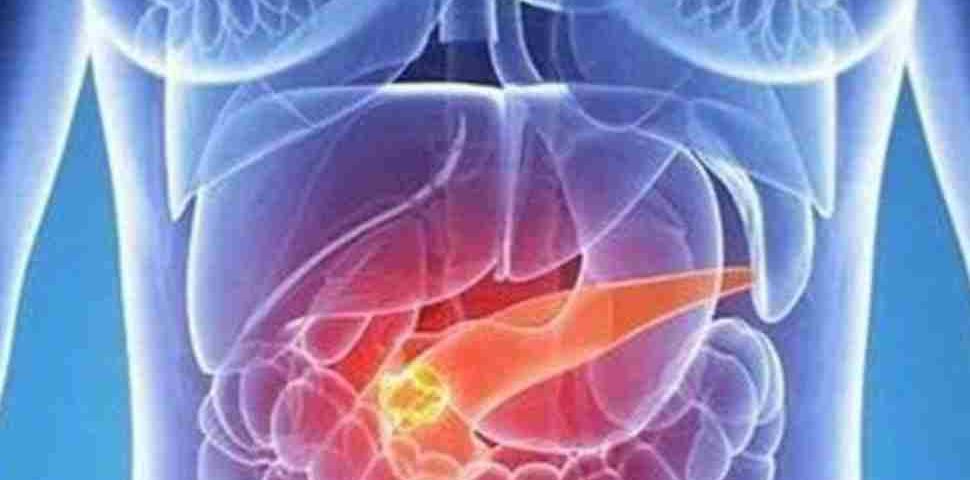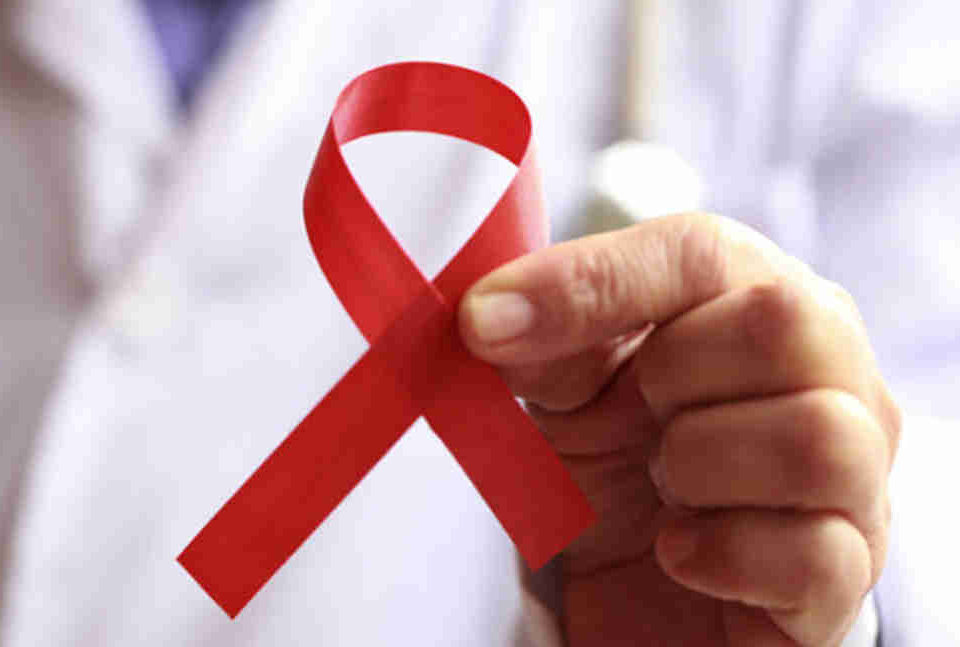- 如有疑问,请联系电邮
- customer@ihealth66.com
USNEWS:胰腺癌患者的存活率是多少?
By David Levine
胰腺癌是美国最致命的癌症之一。不可否认的是,这是一个令人不安的统计数字。根据胰腺癌行动网络(Pancan)编制的数据:
胰腺癌是美国癌症相关死亡的第三大主要原因,仅次于肺癌和结直肠癌,预计将在2020年左右成为继肺癌之后的第二大主要原因。
现在,胰腺癌总的五年生存率只有9%。2019年,估计美国将有56770人被诊断患有胰腺癌。大约45750名新诊断的人将死于该病。
胰腺癌是女性第九最常见的癌症,也是男性第十最常见的癌症。
胰腺癌如此致命的原因有很多。没有早期的筛查试验,因为有结肠直肠癌、乳腺癌和许多其他癌症。在疾病发展之前,通常没有胰腺癌的症状或迹象。胰腺癌常见的几种症状是模糊的——疲劳、消化不良和背痛——它们都很容易归因于其他原因。这种特殊的癌症对目前的化疗药物有抵抗力。
然而,治疗手段还是在不断进展中。胰腺癌患者的5年生存率在2014年至2017年间从6%提高到9%。这似乎没有什么进展,但3个百分点的上升意味着全国有1700多人活了5年,而不是3年前的结局。
致力于进一步发展的组织,如PANCAN、LuestGARTN基金会和世界各地的医疗中心,相信随着科学发现早期发现疾病的方法和开发新的治疗方案,这些数字将继续改善。“随着治疗水平的提高,存活率也会提高,”Pancan临床倡议副主任Cassadie Moravek说。
存活率和分期,当然,这些存活率是平均的。每个患者的情况不同,结果可能受多种因素影响,包括:
- 年龄
- 疾病的阶段
- 总体健康状况
- 获得治疗、胰腺癌专家、临床试验和支持性护理
可以说,最重要的因素是疾病阶段。
第一阶段:肿瘤局限于胰腺,被认为是局限性的。Ia期肿瘤小于等于2厘米,Ib期肿瘤大于2厘米。I期肿瘤通常是可切除的,医学术语是手术切除。根据美国癌症协会的数据,一期胰腺癌的五年生存率为34%。
第二阶段和第三阶段:肿瘤已经从胰腺外扩散到附近的血管、淋巴结或两者兼而有之,但没有转移或扩散到其他器官。它被认为是区域化的。IIA期肿瘤已经移出胰腺,但没有扩散到附近的主要动脉或淋巴结。IIB期肿瘤可延伸到胰腺外,并扩散到附近的淋巴结,而不触及附近的大动脉。这些肿瘤通常被认为是可切除的或边界可切除的,这意味着它们可能是手术的候选者,特别是当放射治疗和/或化疗能够首先缩小癌症时。III期肿瘤已经扩散到附近的主要动脉,可能已经扩散到附近的淋巴结,但它们没有扩散到其他器官。III期肿瘤通常不可切除。区域化肿瘤的5年生存率是12%,美国癌症学会说,这主要包括IIb期和III期肿瘤。
第四阶段:被称为转移性或远处癌症,第四阶段肿瘤已经扩散到胰腺以外的其他器官,通常是肝脏或肺部,也会扩散到骨骼、大脑和其他器官。第四期胰腺癌的5年生存率为3%。
PANCREATIC CANCER IS one of the deadliest cancers for patients in the U.S. There is no denying the unsettling statistics. According to figures compiled by the Pancreatic Cancer Action Network, or PanCAN:
- Pancreatic cancer is the third-leading cause of cancer-related death in the U.S., behind only lung cancer and colorectal cancer, and is expected to become the second-leading cause after lung cancer around 2020.
- The overall five-year survival rate is just 9 percent.
- In 2019, an estimated 56,770 people will be diagnosed with pancreatic cancer in the U.S.
- Approximately 45,750 of those newly diagnosed will die from the disease.
- Pancreatic cancer is the ninth-most commonly diagnosed cancer in women and the 10th-most commonly diagnosed in men.
There are a number of reasons why pancreatic cancer is so deadly. No early screening tests are available, as there are for colorectal, breast and many other cancers. Often there are no symptoms or signs of pancreatic canceruntil the disease has progressed. The few symptoms that are common with pancreatic cancer are vague – fatigue, digestive distress and back pain – and they’re all easily attributed to other causes. And this particular cancer is resistant to current chemotherapy agents.
However, there are some silver linings within these clouds. According to PanCAN, the five-year survival rate for pancreatic cancer patients increased from 6 to 9 percent between 2014 and 2017. That seems scant progress to be sure, but a rise of 3 percentage points means that more than 1,700 people across the country survived five years when they would not have three years earlier.
Organizations working toward further progress, such as PanCAN, the Lustgarten Foundation and medical centers around the world, believe that as science discovers ways to find the disease earlier and develop new treatment options these numbers will continue to improve. “As treatments improve, so do survival rates,” says Cassadie Moravek, associate director of clinical initiatives for PanCAN.
Survival Odds and Staging
These survival rates are averages, of course. Each patient’s case is different, and the outcome can be affected by many factors, including:
- Age.
- The stage of the disease.
- Overall health.
- Access to treatment, pancreatic cancer specialists, clinical trials and supportive care.
Arguably, the most important factor is the disease stage.
- Stage I: The tumor is confined to the pancreas and is considered localized. Stage IA tumors are 2 centimeters or less, and stage IB tumors are larger than 2 centimeters. Stage I tumors are usually resectable, the medical term for surgical removal. According to the American Cancer Society, the five-year survival rate for stage I pancreatic cancer is 34 percent.
- Stage II and stage III: The tumor has spread outside the pancreas to nearby blood vessels, lymph nodes or both, but it has not metastasized, or spread, to another organ. It is considered regionalized. Stage IIA tumors have moved outside the pancreas but have not spread to major nearby arteries or lymph nodes. Stage IIB tumors may extend outside the pancreas and spread to nearby lymph nodes without reaching major nearby arteries. These tumors are usually considered resectable or borderline resectable, which means they may be candidates for surgery, especially if radiation and/or chemotherapy treatments are able to shrink the cancer first. Stage III tumors have spread to major nearby arteries and may have spread to nearby lymph nodes, but they have not spread to another organ. Stage III tumors are usually not resectable. The five-year survival rate for regionalized tumors, which the ACS says includes mainly stage IIB and stage III tumors, is 12 percent.
- Stage IV: Known as metastatic or distant cancer, stage IV tumors have spread to other organs outside the pancreas, usually the liver or lung but also to the bone, brain and other organs. The five-year survival rate for stage IV pancreatic cancer is 3 percent.
How to Increase Your Odds of Survival
Clearly, the earlier the disease is diagnosed, the better the odds for survival. When possible, surgery is the best option by far. PanCAN says that patients who are diagnosed with pancreatic cancer in time to be candidates for surgery are about 10 times more likely to survive five years. A study published in 2017 in the Annals of Surgical Oncology found that the five-year survival rate for patients whose tumors were less than 2 centimeters and removed by surgery is more than 40 percent.
All pancreatic cancer patients can increase their chances for survival by taking the following actions:
- Get treatment at a medical center that specializes in pancreatic cancer.According to the Lustgarten Foundation’s Navigating Pancreatic Cancer guide, “there are many advantages to receiving treatment at a large cancer center. A center that treats a high number of patients with pancreatic cancer will have more experience in every aspect of your care, which includes diagnosing, staging, performing surgery, and managing side effects and potential complications.” The Lustgarten Foundation guide also states that “several studies have shown that operative complication (morbidity) and death (mortality) rates are lower at hospitals that do a high volume of pancreatic surgeries.” For patients who do not live near a major cancer center, a single visit to one may be enough to make an impact on their care moving forward. “Doctors from top cancer centers often plan patients’ chemotherapy treatment regimens then refer them to doctors closer to home who will carry out the treatment plan,” the guide says.
- Participate in a clinical trial. Pancreatic cancer patients who participate in clinical research have better outcomes. Moravek says that there has been about a 100 percent increase in median overall survival from phase III clinical trials since 1999.
- Discuss molecular profiling of your tumor. “We have seen strides with molecular profiling,” Moravek says. This process involves analyzing the specific genetic makeup of the tumor in order to choose the course of treatment that best matches that genetic profile. PanCAN’s Know Your Tumor program assists patients in profiling their specific tumor to help them figure out their best treatment options, she says. A 2018 study in the journal Clinical Cancer Research found that about half of 640 patients who participated in Know Your Tumor between June 2014 and June 2017 had “actionable” alterations in their tumor. “This means that there is a mutation or other molecular alteration present that could influence a tumor’s response to a particular treatment,” said Lynn Matrisian, chief science officer at PanCAN, in a release. Matrisian oversees the program and co-authored the study.







